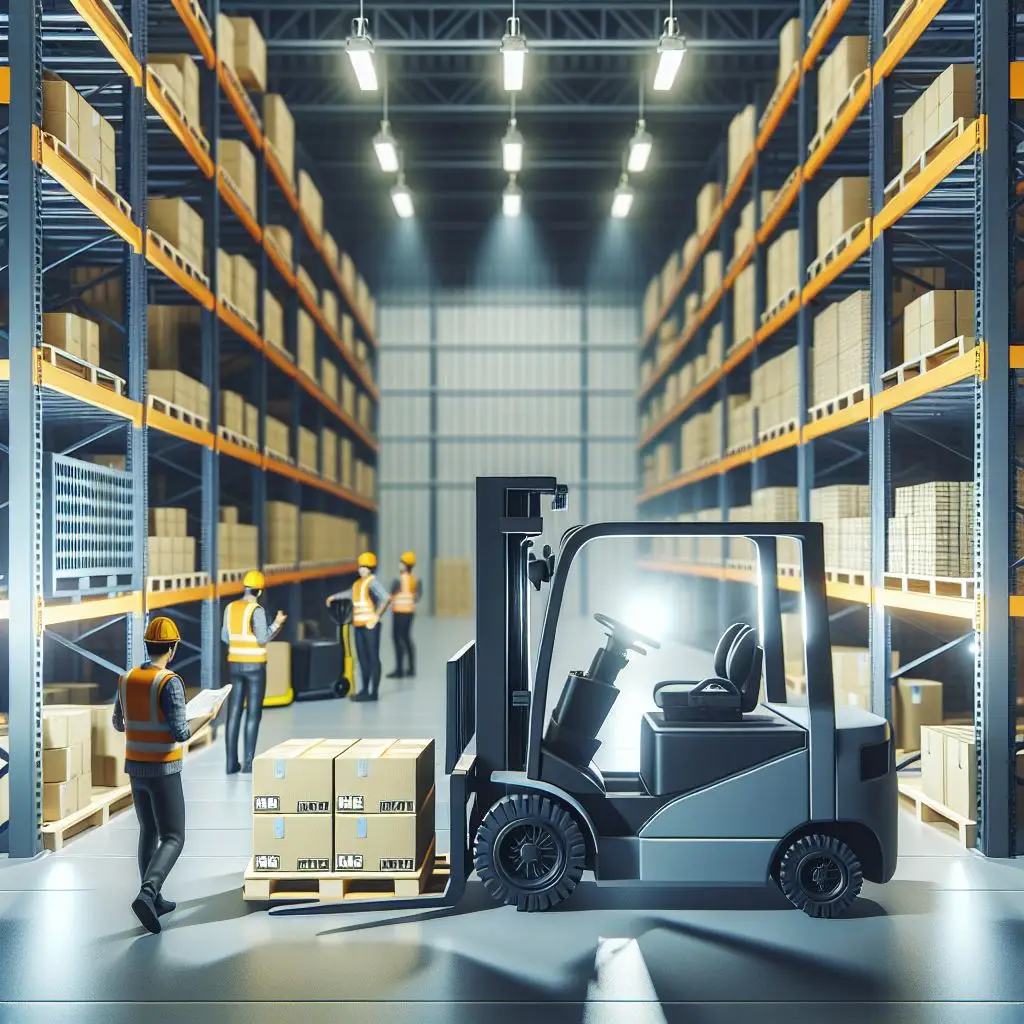The growing trend of electric forklifts are transforming warehouse operations. As businesses strive to reduce their carbon footprint and seek cleaner, quieter, and more reliable equipment, electric forklifts have become an essential part of modern warehousing.
Traditionally, electric forklifts offered a limited lifting capacity compared to diesel counterparts. However, this gap has been decreasing with companies like Toyota offering capacities up to 17,500 lb (approx. 7900 kg). This increase in size and lifting capacity has come at the cost of increasing the battery capacity to meet the demands of the industry and ensure sufficient operational time.
The result is that forklift batteries are now approaching sizes similar to battery electric passenger cars, with forklifts having similar charging infrastructure and requirements. As such, electric forklift charging stations are being classified as special hazards as per NCC 2022 E1D17, whereby their inclusion within the building represents a special problem for firefighting due to the nature or quantity of materials stored within the building. This classification is similar to how BEV charging stations are provisioned for in buildings currently.
Sotera’s Expertise
Sotera understands the benefits of using electric forklifts and can help to support and justify any design to include electric forklifts and their charging stations within the warehouse. Our solutions are practical and are designed to address the risks associated with their inclusion in the building while also ensuring the operational functionality of your warehouse. This is one of the many value-adding engineering services that Sotera can offer based on our extensive warehouse experience to our clients.
Contact Us
Ready to transform your warehouse operations?
Contact Sotera today to learn more about our electric forklift solutions and how we can help you achieve your sustainability goals.

